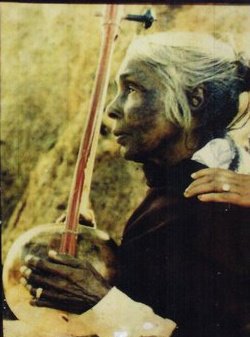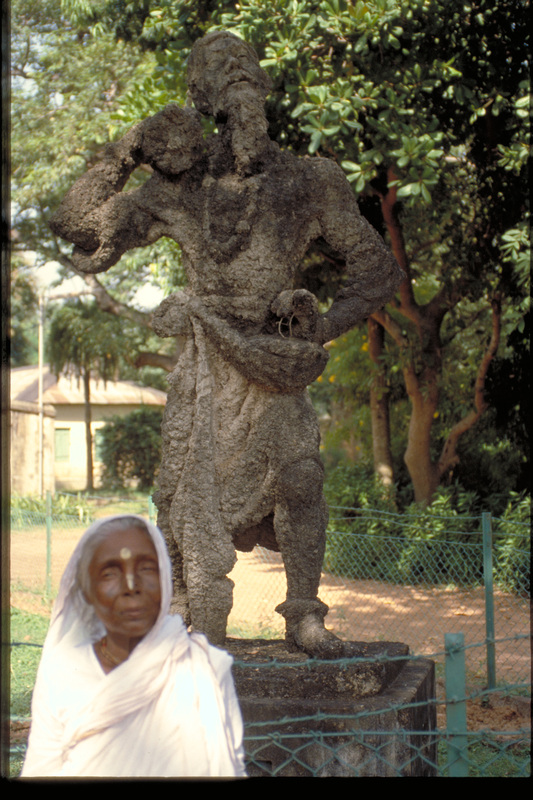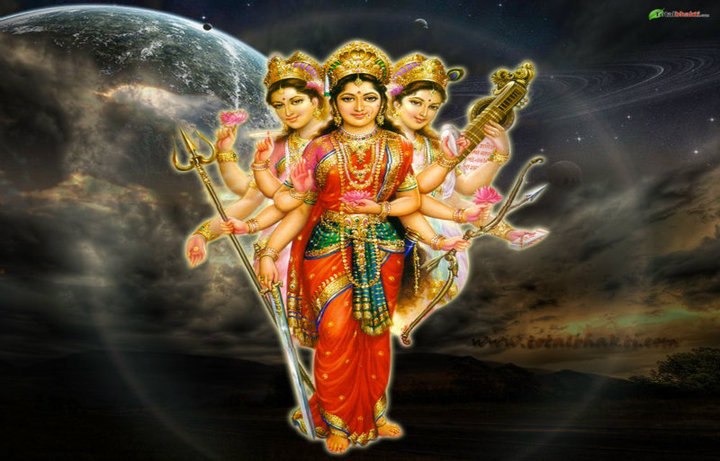
Ancient Sanskrit texts(Vedas and Puranas) describe a massive range of units of Kāla(time) measurements, spanning right across from the Paramānu (about 17 microseconds ) to the Mahā-Manvantara (311.04 trillion years ). According to these texts, the creation and destruction of the universe is a cyclic process, which repeats itself forever. Each cycle starts with the birth and expansion (lifetime) of the universe equaling 311.04 trillion years, followed by its complete annihilation (which also prevails for the same duration).
The Hindu metrics of time ( Kāla Vyavahāra ) can be summarized as below.
Sidereal metrics
*. a Paramānu (परमाणु) is the normal interval of blinking in humans, or approximately 4 seconds
*. a Vighati (विघटि) is 6 Paramānu, or approximately 24 seconds.
*. a Pala (पल) is 60 Vipala. It is equal to 1 Vighati(विघटि)
*. a Ghati (घटि) is 60 Vighatis, or approximately 24 minutes
*. a Muhūrta (मुहूर्त) is equal to 2Ghatīkā, or approximately 48 minutes
*. a Nakṣatra Ahorātram (नक्षत्र अहोरत्रम्) or sidereal day is exactly equal to 30 Muhūrta (Note: A day is considered to begin from & end at sunrise, not midnight.)
An alternate system described in the Viṣnu Purāna Time measurement section of the Viṣnu Purāna Book I Chapter III is as follows:
*. 10 blinks of the eye = 1 Kāṣnhās
*. 35 Kāṣnhās = 1 Kalā
*. 20 Kalās = 1 Muhūrta
*. 30 Muhūrtas = 1 day (24 hours)
*. 30 days = 1 month
*. 6 months = 1 Ayana
*. 2 Ayanas = 1 year or one day (day + night) of the gods
Small units of time used in the Vedas
*. a Paramānu (about 16.8 microseconds)
*. a Anu is 2 Paramānus
*. a Trasarenu is 3 Anus
*. a Truti is 3 Trasarenus , or about1/3290th of a second.
*. a Vedha is 100 Trutis .
*. a Lava is 3 Vedhas .
*. a Nimeṣa is 3 Lavas , or a blink.
*. a Kṣanas is 3 Nimeṣas .
*. a Laghu is 15 Kāṣnhās , or about1 minute.
*. 6 or 7 Muhūrta make one Yāma , or 1/4 of a day or night (according to the Bhāgavata & Brahma-Vaivarta Purāna. The actual number would have to be slightly less than 6 Muhūrtas per Yama for consistency (6 times 35/36ths).)
*. 4 praharas or 4 yamas are in each day or each night . (8 in a full day)
Lunar metrics
*. a tithi or lunar day is defined as the time it takes for the longitudinal angle between the moon and the Sun to increase by 12 ° . Tithis begin at varying times of day and vary in duration from approximately 19 to approximately 26 hours.
*. a paksa (also Pakṣa ) or lunar fortnight consists of 15 tithi s
*. a Māsa or lunar month (approximately 29.5 days) is divided into 2 Pakṣas: the one between new moon and full moon (waxing) is called gaura (bright) or Śukla Pakṣa ; the one between full moon and new moon (waning) Krṣna (dark) paksha
*. a Rtu (or season ) is 2 Māsa
*. an ayana is 3 Rtus
*. a year is 2 Ayanas
Tropical metrics
*. a Yāma (याम) is 7½ Ghati s (घटि)
*. 8 Yāma s 1 half of the day (either day or night)
*. an Ahorātra is a tropical day (Note: A day is considered to begin and end at sunrise , not midnight.)
Reckoning of time among other entities:
Reckoning of time amongst the Pitrs ( ancestors )
*. 1 human fortnight (14 days) = 1day of the Pitrs
*. 30 days of the Pitrs = 1 month of the Pitrs = (14 x 30 = 420 human days)
*. 12 months of the Pitrs = 1 year of the Pitrs = (12 months of Pitrs x 420 human days = 5040 human days)
*. The lifespan of the Pitrs is 100 years of the Pitrs (= 36,000 Pitr days = 504,000 human days)
Reckoning of time amongst the Devas
*. 1 human year = 1 day of the Devas.
*. 30 days of the Devas = 1 month of the Devas. (= 30 human years)
*. 12 months of the Devas = 1 yearof the Devas = 1 divine year (= 360 human years)
*. The lifespan of the Devas is 100 years of the Devas (= 36,000 human years)
From Wonderful Indian Architecture on Facebook..
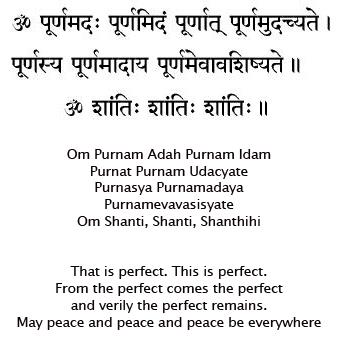

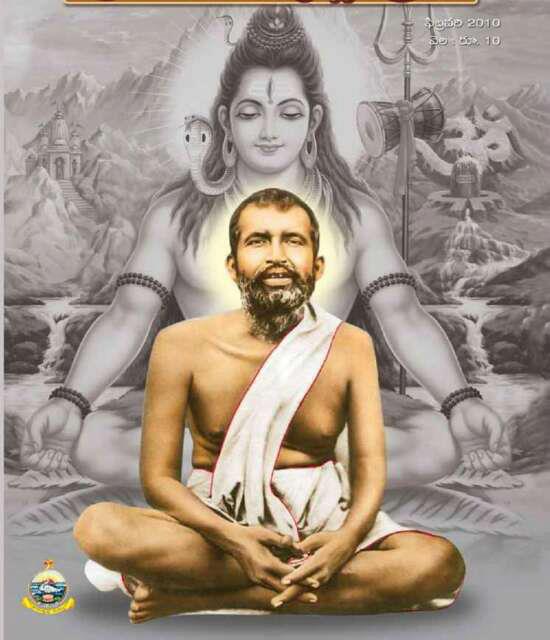

















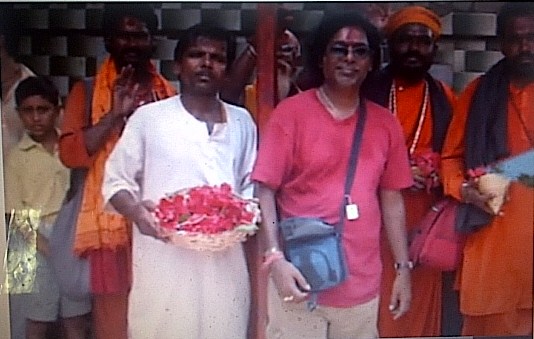




 RSS Feed
RSS Feed
